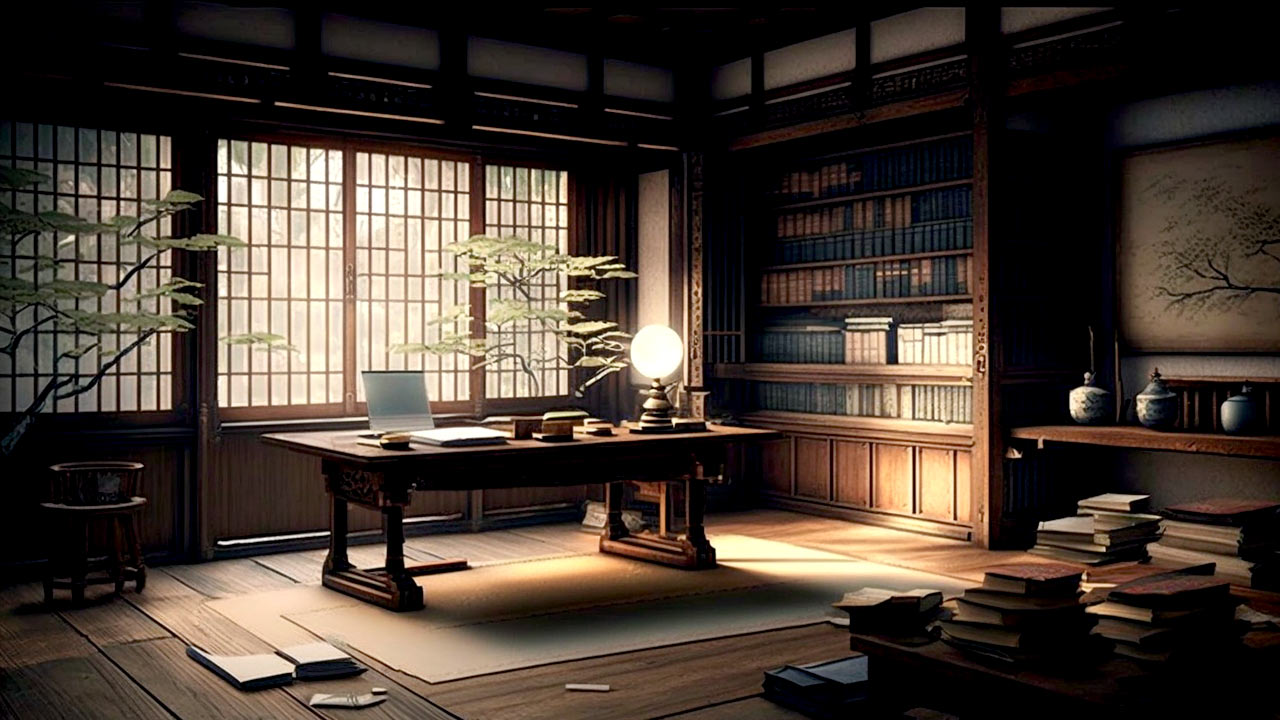
Finding Beauty in Simplicity: Haiku
Table of Contents
A haiku is a form of japanese poetry that consists of three lines. The first line has five syllables, the second has seven, and the third has five. Haikus often convey emotions and concisely tell a story. To write a haiku, you must use language creatively to capture an experience in just 17 syllables by focusing on its essence.
Traditional haikus typically focus on nature or the seasons but can also be used to explore inner experiences as well. It’s important to remember that haikus should not contain any punctuation or capital letters, and their structure follows the 5-7-5 format. Writing one is a great way to express yourself with brevity and creativity, so don’t be afraid to give it a try!
Introduction
What is a Haiku?
Haikus can be written about nature or the seasons but can also be used to explore inner experiences such as sadness or joy. It is important to remember that they should not contain any punctuation or capital letters, and their structure follows the 5-7-5 format. Writing haikus is a great way to express yourself with brevity and creativity!
To write a successful haiku, it is essential to be creative and focus on the essence of an experience. It can also be helpful to use sensory details such as sight, sound, smell, touch, or taste to create vivid imagery in your poem.
Additionally, don’t forget those are meant to evoke certain emotions within the reader – so make sure you capture this emotion in your words. Finally, remember that haikus are unlike traditional poems; they don’t need a story or rhyme. Just let your creativity guide you and you will produce beautiful haikus!
Definition of a Haiku
Haikus are a traditional form of Japanese poetry that consists of three lines. The first line has five syllables, the second has seven, and the third has five. This classic format is often used to express emotions, tell stories, and capture life’s moments in just 17 syllables. Haikus can be written about nature or the seasons but can also be used to explore inner experiences such as sadness or joy.
It is important to remember that haikus should not contain any punctuation or capital letters, and their structure follows the 5-7-5 format. Writing haikus is an excellent way to express yourself with brevity and creativity!
Traditional Format and Structure
The traditional Japanese format consists of three lines. The first line has five syllables, the second line has seven syllables, and the third line has five syllables. This classic haiku structure is often used to express emotions, tell stories, and capture life’s moments in just 17 syllables.
Haikus can be written about nature or the seasons but can also be used to explore inner experiences such as sadness or joy. It is important to remember that haikus should not contain any punctuation or capital letters, and their structure follows the 5-7-5 format. Writing haikus is an excellent way to express yourself with brevity and creativity!
When writing a haiku, it’s important to choose a subject matter that is meaningful and evocative. Selecting the right words can help to create an image or evoke certain emotions in the reader. Also, haikus should follow the 5-7-5 format of three lines with five syllables in the first, seven in the second, and five in the third. Lastly, avoid using cliches or any punctuation or capitalization—let your voice speak for itself!
How are haiku different from other poems?
Haikus are different from other kinds of poems in a few key ways. The traditional haiku format consists of three lines. The first line has five syllables, the second has seven, and the third has five. This classic structure is often used to express emotions, tell stories, and capture life’s moments in just 17 syllables.
Additionally, haikus should not contain any punctuation or capital letters, and their structure follows the 5-7-5 format. Furthermore, haikus don’t need to have a story or even rhyme like most traditional poems do – instead they are short free verse pieces that focus on capturing an emotion or moment in time more than telling a story.
Conclusion
Now that you know the basics of writing haikus and have some inspiring ideas for your haiku masterpieces, it’s time to start writing! Remember the key elements of a successful haiku: use sensory details to evoke certain emotions within the reader, follow the 5-7-5 format, avoid using cliches or any punctuation or capitalization, and let your voice speak for itself. With these tips in mind, you are ready to write some amazing haikus that will capture the essence of an experience and move your readers.
Haikus are a unique form of Japanese poetry that can be used to express emotions, tell stories, and capture life’s moments in just 17 syllables. Capturing the essence of an experience with brevity and creativity is both challenging and rewarding, but it’s not impossible! In this blog post, we’ll explore the traditional haiku format, offer tips on writing haikus successfully, and provide some inspiring title ideas for your own haiku masterpieces. So let’s get started!

